*This post may have affiliate links, which means I may receive commissions if you choose to purchase through links I provide (at no extra cost to you). As an Amazon Associate, I earn from qualifying purchases. Please read my disclaimer for additional details.
While it may not be as common as it used to be, aluminum siding is still very much in use. It still offers many of the benefits it used to when it was more popular.
If you are interested in knowing about the benefits and downsides of your house’s siding but are unsure if it is aluminum or not, reference this article.
Below, we talk about how to tell if your siding is aluminum, providing six signs to look out for. We also go over the advantages and drawbacks of aluminum siding. Read on for the details.
Table of Contents
1. Dents
You can tell aluminum siding from vinyl siding by whether it dents or not. If aluminum siding receives an impact, you may find dents on it when you examine it.
But with vinyl siding, things are different. Vinyl is not as malleable as aluminum. So, when vinyl siding receives an impact, it will typically crack or break.
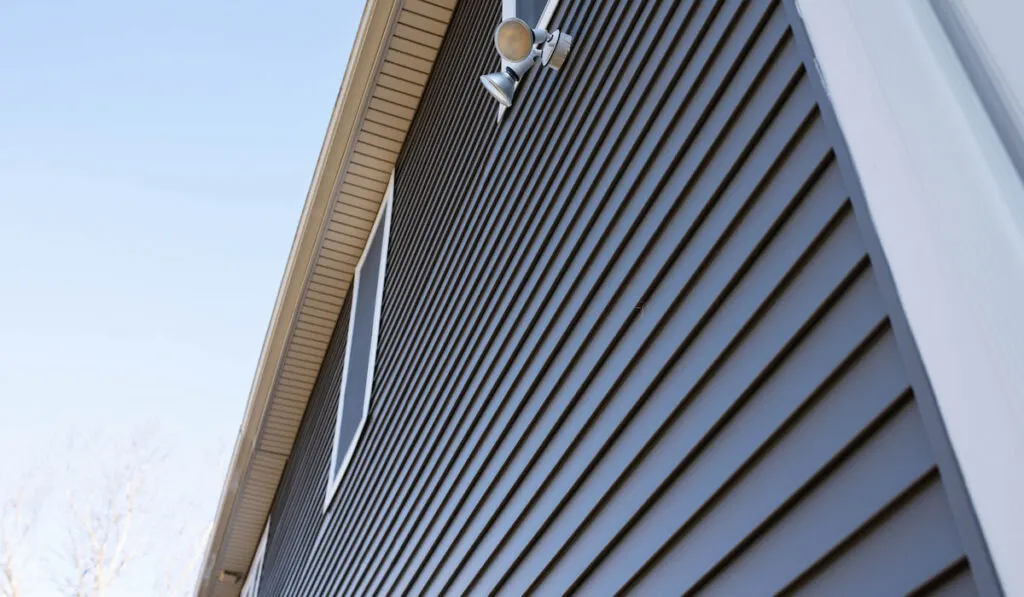
2. Magnetism
Another way to tell aluminum siding from other types of siding is to check how it interacts with a magnet. This method is pretty handy when trying to differentiate aluminum siding from other metallic sidings.
While aluminum is a metal, it is not magnetic under regular conditions. So, if you place a magnetic close to your aluminum siding, there will be no attraction or repulsion.
Things are different with steel siding, however. Steel contains iron, and iron is magnetic. So, if your place a magnet close to steel siding, it can attract or repel.
Of course, vinyl is not magnetic, so it will not interact with a magnet.
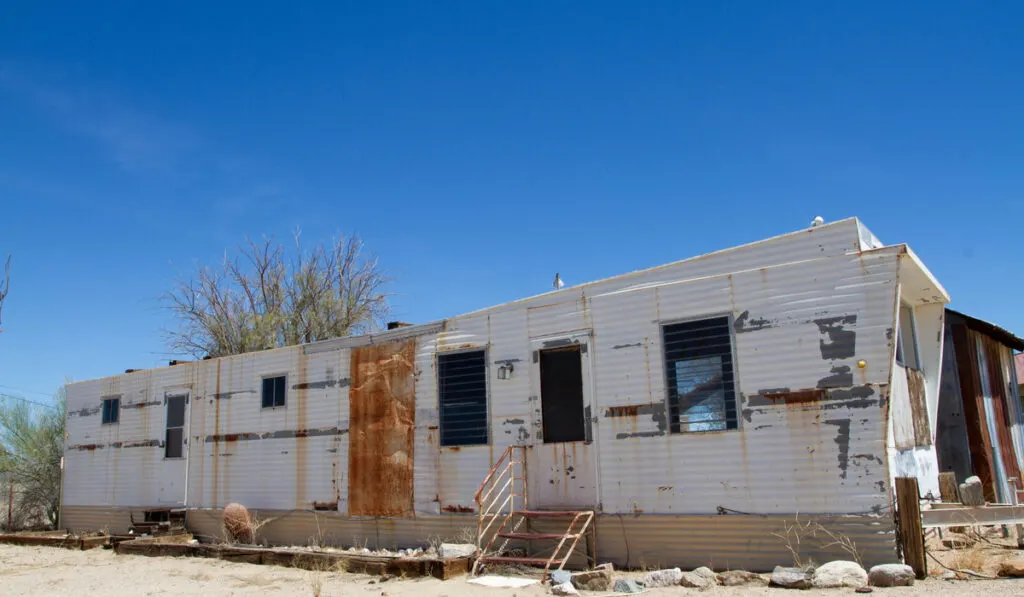
3. No Rust
You can also tell if your siding is aluminum by examining for rust. If you find rust on your siding, it is not aluminum. It may be steel since steel contains iron, and iron can rust.
Aluminum does not rust; hence, a siding with rust cannot be aluminum. But while aluminum does not rust, it does corrode.
Since rust is a type of corrosion, you may be wondering what the difference between aluminum corrosion and rust is. The primary difference is that rust is a form of corrosion that happens to iron only.
When rust forms on iron, it gives way for more rust to form. But when oxygen corrodes aluminum, it creates a film on the aluminum that eventually prevents further corrosion. In other words, when aluminum corrodes, it typically does not disintegrate like iron does.
Aluminum siding comes covered with a baked-on paint finish. So, it has some protection against corrosion. However, if exposed to unfavorable elemental conditions, it may corrode.
4. Sound
How it sounds when struck is one of the easiest ways to tell aluminum siding from other siding types.
If you tap aluminum siding lightly, it should produce a somewhat hollow, metallic sound. If your siding is stucco or synthetic stucco, it will give a hollow sound too. However, the sound will not be metallic.
With steel siding, you will get a metallic sound. However, the sound will have a slightly lower, more solid pitch.
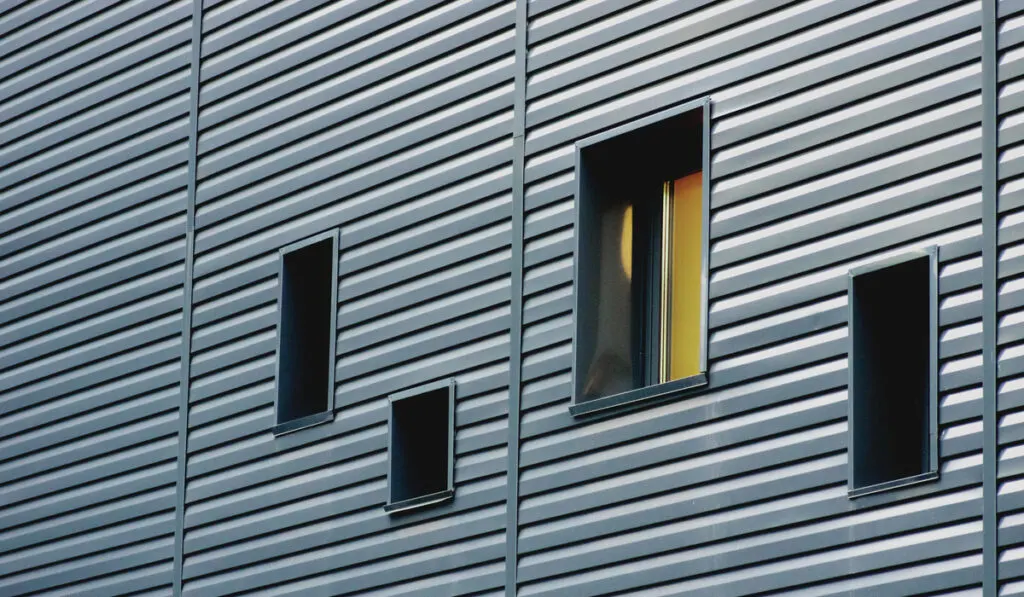
5. Color
If you are trying to figure out whether your siding is aluminum or vinyl, the color might help.
Vinyl siding has the same color throughout the material. In other words, even if you cut through vinyl siding, the color will be the same all the way through.
Unlike vinyl siding, aluminum siding comes with a baked-on paint finish. In other words, the display color of an aluminum siding is only bound to the surface. A scratch on the surface will reveal the color of the aluminum itself.
6. Grounding
Another sign that can show that your siding is aluminum is electrical grounding. In some areas, grounding for aluminum siding is mandatory.
Electrical grounding for aluminum siding stems from the ability of aluminum to conduct electricity. The grounding is a safety measure when an electrical current gets into the siding from lightning or a faulty electrical connection.
Look for wires that connect the siding to the ground via things like grounding rods.
Benefits of Aluminum Siding
As mentioned in the introduction, aluminum siding is still popular because many of its benefits are still relevant today. So, if you have aluminum siding or want to get aluminum siding, consider the following benefits and drawbacks to know what you are in for.
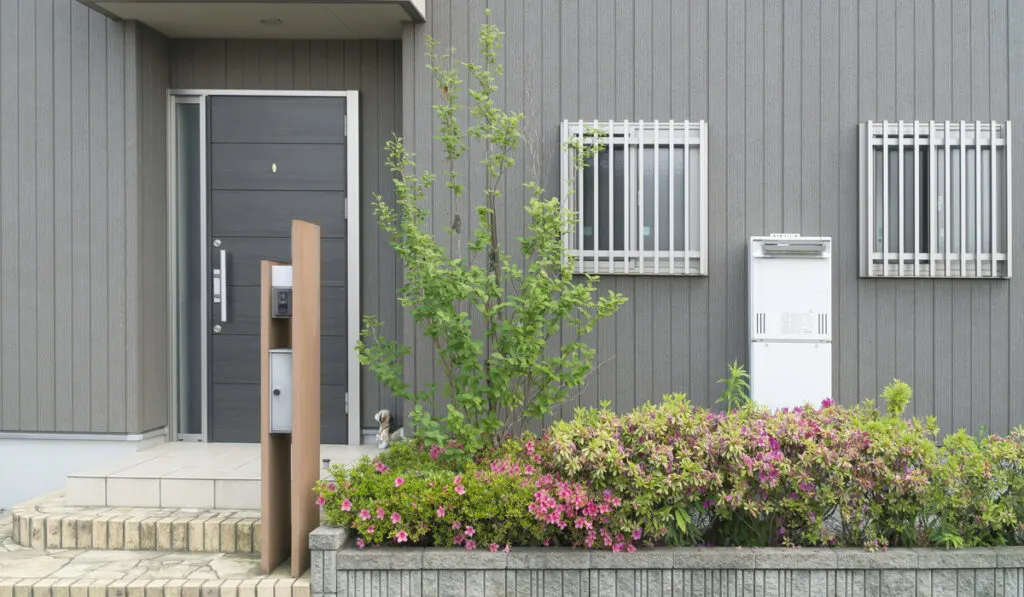
Customizable
Aluminum siding is customizable. You can repaint aluminum siding to any color you want, and the paint will stick well to it.
The good thing about it being customizable is that you won’t have to replace the siding to get a new look. This way, you save money.
Durable
Aluminum siding is highly durable, and this shows in its lifespan.
With proper care and correct installation, you can use aluminum siding for up to 40 years.
In some cases, it lasts longer than that, lasting as long as the house itself.
It Is Non-Organic
The fact that aluminum siding is non-organic contributes to its overall durability. Non-organic materials are not susceptible to damage such as rot and pest attacks. For this reason, they have one up over organic sidings like wood siding.
Fire-Resistant
Aluminum siding does not burn readily. So, if a fire breaks out, it is less likely to melt or burn, unlike some other siding materials.
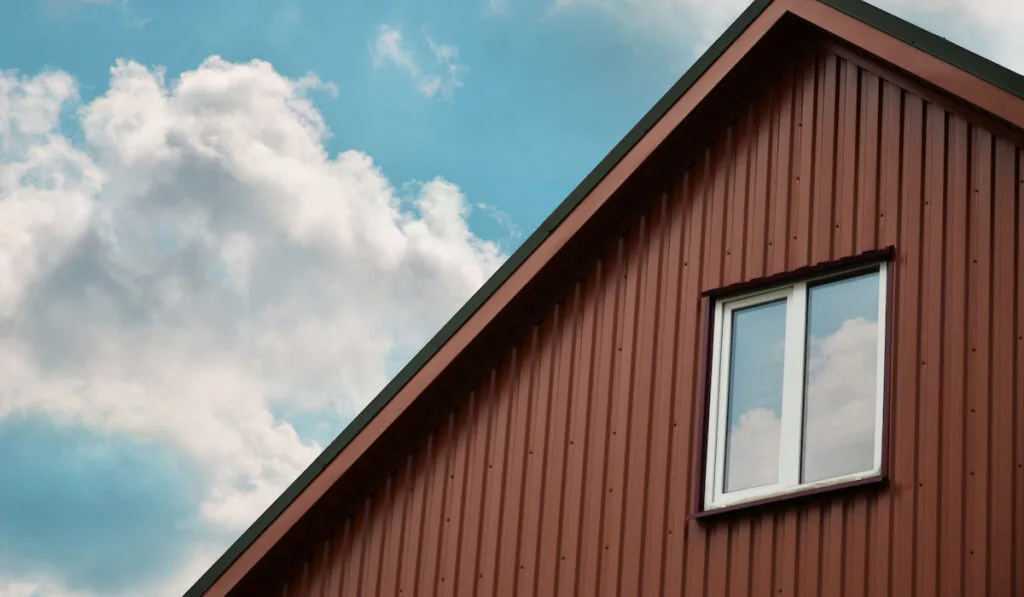
Rustproof and Water-Resistant
As explained earlier, aluminum does not rust. Instead, it corrodes. However, when it corrodes, a protective film forms on its surface. This film helps the aluminum resist further reaction with oxygen and keeps it from disintegrating.
Insulation
Aluminum siding is highly insulative. So, it can help minimize heat loss from within your house, saving you money on heating costs. The insulation from aluminum siding is typically better when it is of a heavier gauge.
Easy to Install
Besides helping you save on heating costs, aluminum siding can help you save on labor costs during installation.
Aluminum siding is easy to install. Being lightweight and customizable contributes to this ease.
Aluminum Is Eco-friendly
Aluminum siding is a recyclable product. So, if you are trying to preserve the environment, you should consider it.
Drawbacks of Aluminum Siding
It Can Be Noisy
One feature of aluminum siding you might not like is the noisiness. Your aluminum siding can be very loud as raindrops hit it.
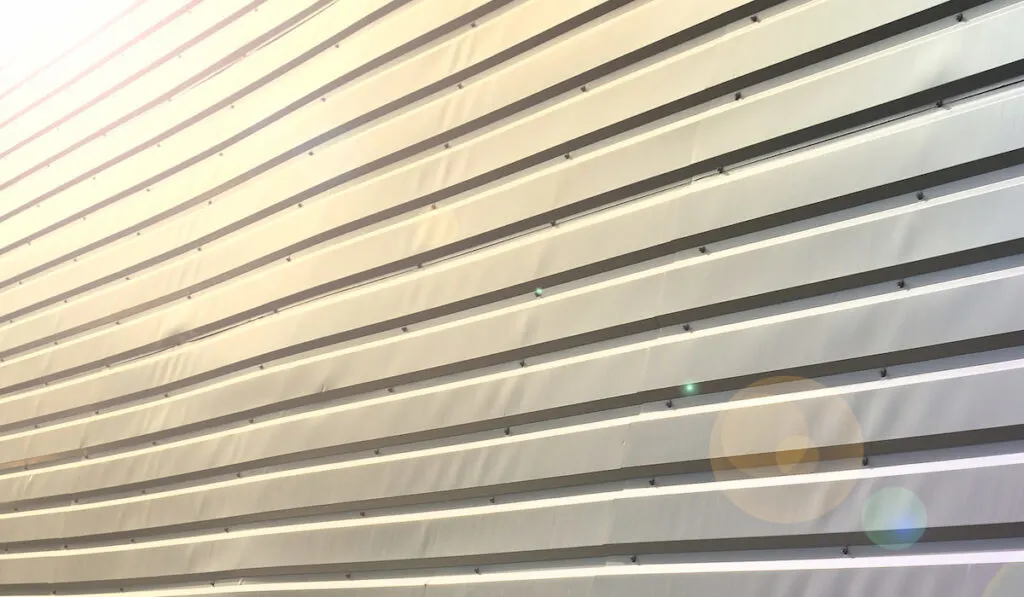
The Production Process Is Energy-Intensive
A lot of energy and raw materials go into the production of aluminum siding. Of course, the environment could do with something more efficient. But then, aluminum siding is recyclable, so maybe it is not all bad.
Dents Easily
While aluminum siding is highly durable, it will dent readily with sufficient impact. In some cases, getting the dents back to the way they were might be impossible. So, the flaw remains permanently.
The good news is that some companies add a backing board to their aluminum siding. With this board, chances of denting are lower.
Maintenance Is Not So Straightforward
We said painting aluminum siding is easy. However, caring for it is not so simple. While sidings like vinyl siding require no repainting, you must repaint your aluminum siding every 5 to 10 years.
Before repainting your aluminum siding, you must examine it for corrosion. If there’s any sign of corrosion, you must remove the corroded parts before repainting.
Easy to Deface
You will readily notice a scratch on your aluminum siding because it is easy to deface. Scratches and similar defacements are easy to spot on an aluminum siding because they show up.
Such scratches or defacements go deep beneath the paint, unveiling the bare aluminum beneath.
Can Get Stained
While aluminum siding does not rust, it can get stained from the rust of any material close to it.
Not the Most Attractive Option
Aluminum siding is not the most attractive siding option in the market. This is one of many reasons it fell out of favor in recent years.
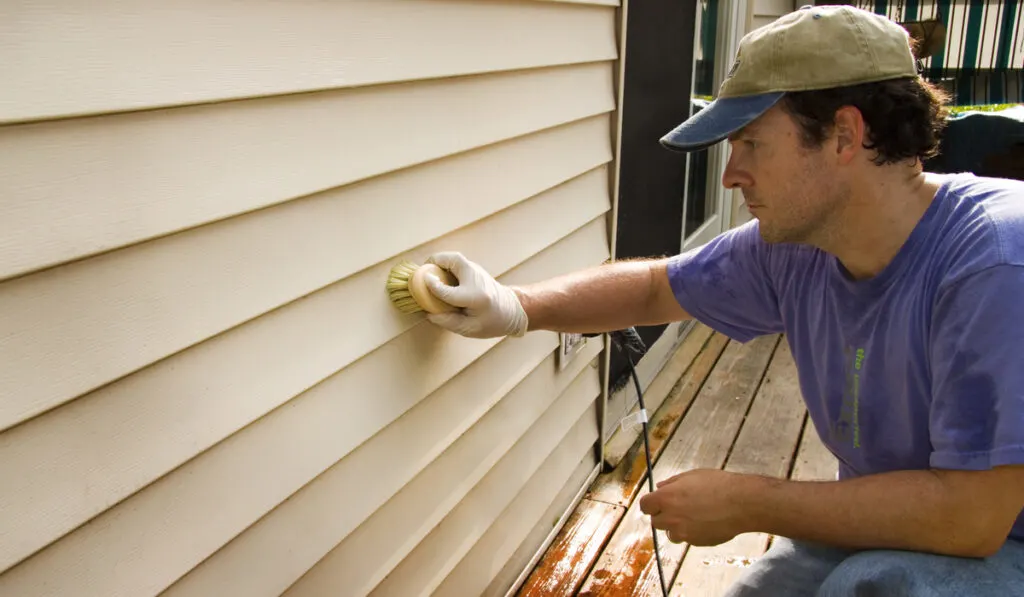
Other Types of Siding
The following are some other types of siding besides aluminum siding.
Vinyl Siding
Vinyl siding is one of the most popular types of sidings today. It comes in various colors, and as we explained, the color of vinyl siding is the same throughout the material.
Vinyl siding is lightweight yet very durable. It has a plastic-like feel when you touch it, which is one of the signs you can use to identify it. When you push or press vinyl siding, it will flex. But if you put too much pressure, it might crack or break.
Wood Siding
Wood siding is pretty easy to spot – wood siding is wood, so it looks like wood. Wood siding is customizable; you can paint or stain it to your taste. Apart from that, it is organic, and you can readily fix any issues it has.
Wood siding is at risk of rot and pest infestation since it is organic. But with proper treatment, such things will not happen.
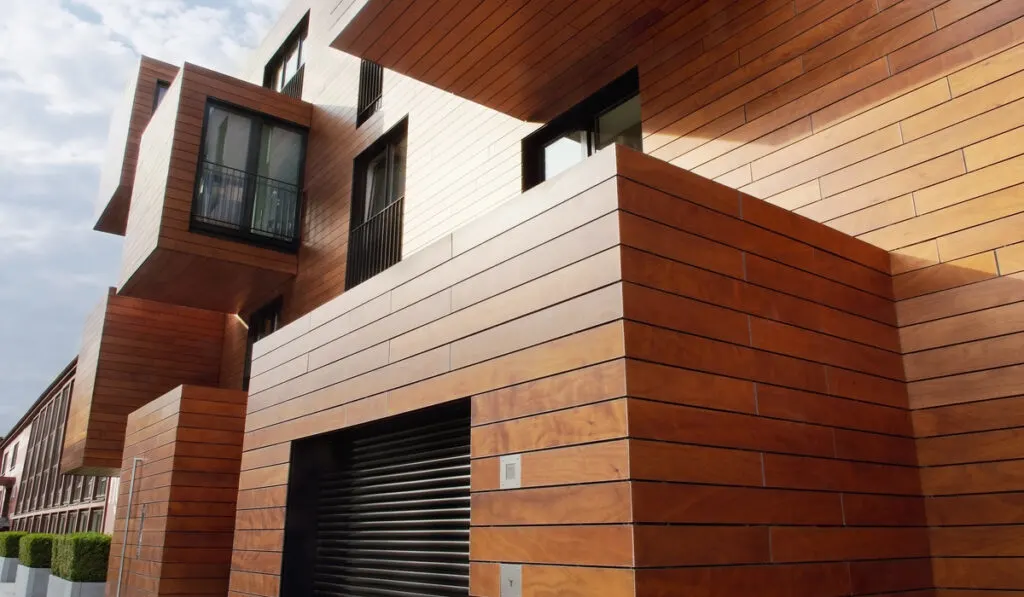
Synthetic Wood Siding
Synthetic wood siding – also known as hardboard – looks like real wood. However, it is actually just wood fibers fused together with resin.
Synthetic wood siding is relatively less expensive than wood siding. So, you can save some money if you opt for it. But then, it is highly susceptible to moisture damage.
Fiber Cement Siding
Fiber cement siding is also pretty common. It comes from a mixture of sand, cellulose fibers, and cement. Hence, the name fiber cement siding.
Fiber cement siding is similar to cement siding, vinyl siding, and wood siding. However, it is more durable than each one separately.
Fiber cement siding is pretty durable, no doubt. However, compared to vinyl siding, you have to pay a lot for it.
Resources
- https://www.nachi.org/aluminum-siding-inspection.htm
- https://www.aclark.ca/blog/how-to-identify-the-type-of-siding-on-your-home/
- https://exovations.com/blog/how-can-i-tell-what-type-of-siding-is-on-my-home
- https://www.advancedroofing.biz/blog/roofing/the-numerous-advantages-of-aluminum-siding/
- https://firstamericanroofing.com/types-of-siding/
- https://sciencing.com/corrosion-chemical-changes-aluminum-metal-20216.html
